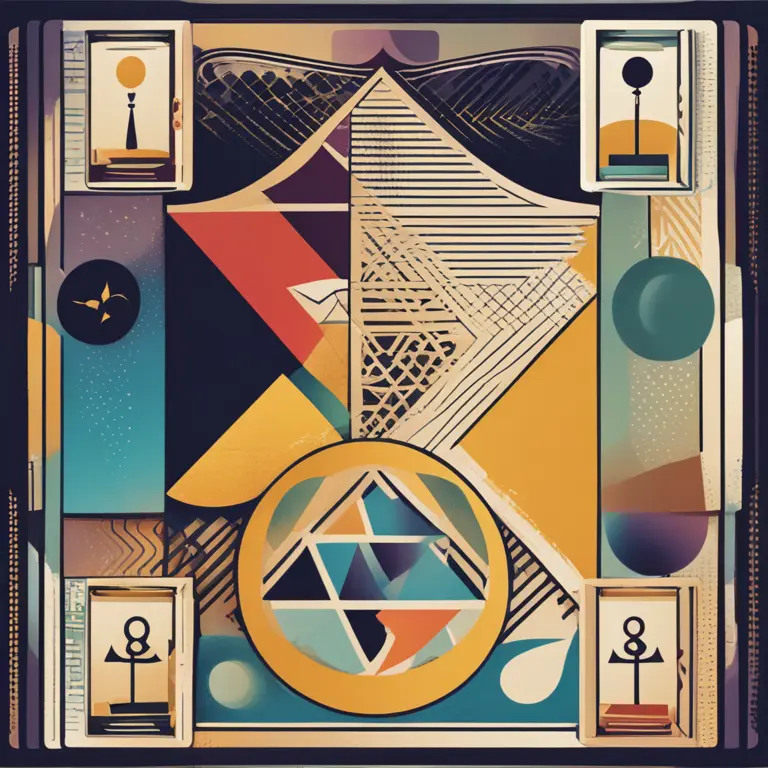
The New Wave of Mysticism
In an age where scientific advancements and digital technologies have taken center stage, the resurgence of tarot might seem unexpected. However, in recent years, tarot has seen a significant resurgence, becoming a trending topic across social media platforms and amongst younger generations. This revival can be attributed to a collective search for personal meaning and a sense of control in an ever-changing world. As society grapples with uncertainties, both global and personal, tarot offers individuals a tool for reflection and a means to navigate life's complexities.

Digitalization of the Ancient Practice
Notably, the digital era has not hindered the popularity of tarot; instead, it has propelled it. With the advent of tarot reading apps, online workshops, and virtual communities, the barriers to learning and practicing tarot have significantly diminished. Accessibility is at an all-time high. People can now connect with tarot readers across the globe, participate in online forums, and share readings on social media, making tarot more integrated into daily life than ever before.

Social Media and the Aesthetics of Tarot
Visual platforms like Instagram and Pinterest have contributed to tarot's aesthetic appeal. The rich imagery of tarot cards lends itself to the curated visuals of social media feeds. As a result, it attracts those looking to express themselves or find inspiration. This visual dimension has also sparked new interest in tarot deck artistry, leading to the creation of diverse and modern deck designs that resonate with contemporary tastes and cultural shifts.

Self-Care and Personal Growth
In a time when self-care rituals and personal development are at the forefront, tarot readings have become a form of introspection for many. They offer a personal space to ponder life's big questions and unearth subconscious thoughts. For some, tarot serves as a meditative practice that encourages mindfulness. For others, it's a journey towards self-improvement and goal setting. Regardless of the approach, tarot provides a framework for self-reflection that aligns with the modern ethos of self-help.

Psychological Insights and Modern Therapy
The psychological component of tarot cannot be overlooked. As modern therapy increasingly acknowledges the benefits of alternative practices, tarot is often used as a complementary tool for gaining insights into one's mental and emotional state. Therapists and life coaches sometimes integrate tarot readings into their sessions, allowing clients to uncover new perspectives and facilitating deeper conversations about their personal lives.
Cultural Resurgence and Entertainment
Entertainment and pop culture have also played a role in marketing tarot to a broader audience. With references in movies, television shows, and literature, tarot has cemented its place in contemporary culture. The dramatic flair of a tarot reading makes it appealing for storytelling and character development, weaving its mystique into various forms of media and cultivating a burgeoning curiosity among audiences.
The Future of Tarot
As we look to the future, tarot's stronghold in modern culture doesn't show signs of waning. With its flexible nature and deep roots in storytelling and art, tarot will likely continue to evolve, finding its place within various subcultures and mainstream society. Integrating traditional wisdom with new-age thinking, tarot stands as a testament to the enduring human quest for meaning in an ever-evolving world.
Published: 2/8/2024
Modified: 2/8/2024
More predictions
Come back here soon to learn more about yourself and your future


Today's Zodiac Forecast: Cosmic Insights
Delve into your daily zodiac horoscope for fresh celestial guidance and astrological outlook tailored for your star sign.


The Zodiac Constellations: Celestial Insights and Personal Projections
Delve into the world of zodiac constellations and how they provide profound insights into personality traits, life events, and astrological forecasts for 2024 and beyond.


Zodiac Affections: How Each Sign Craves Touch
Discover how each zodiac sign experiences and expresses their need for touch. Learn about the tactile preferences unique to all twelve astrological personalities.